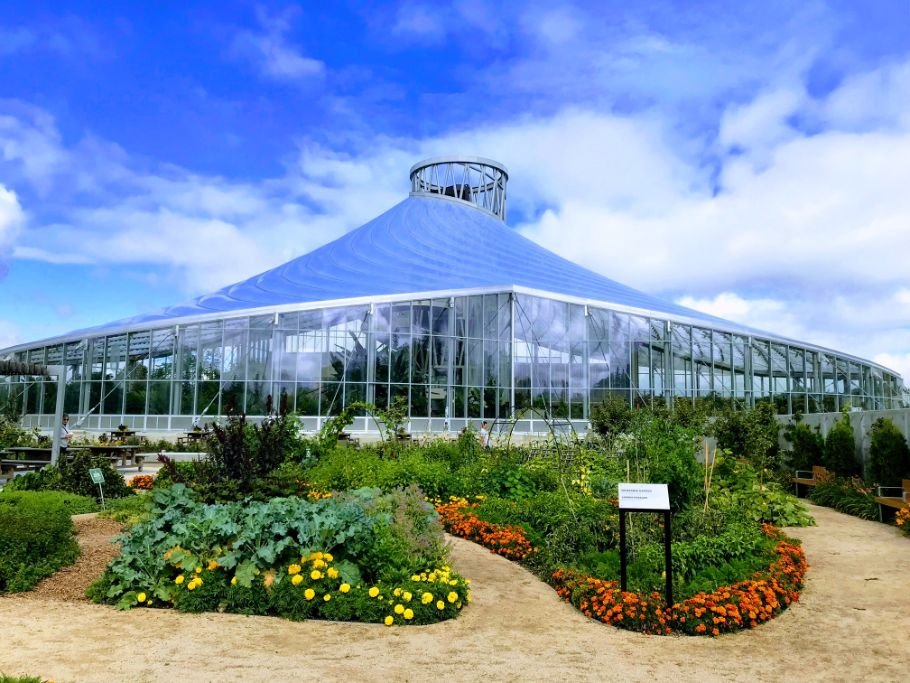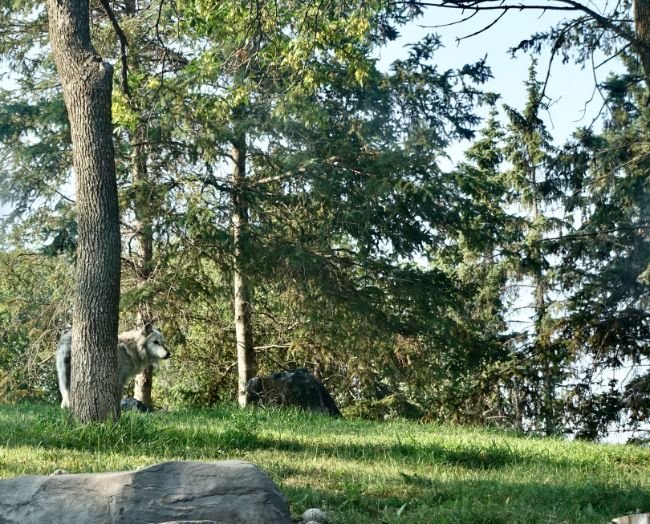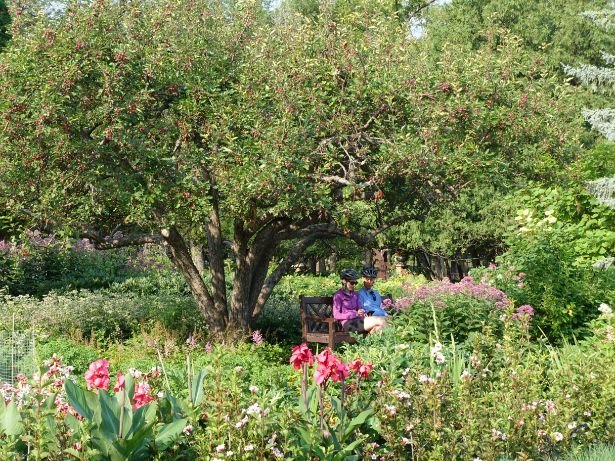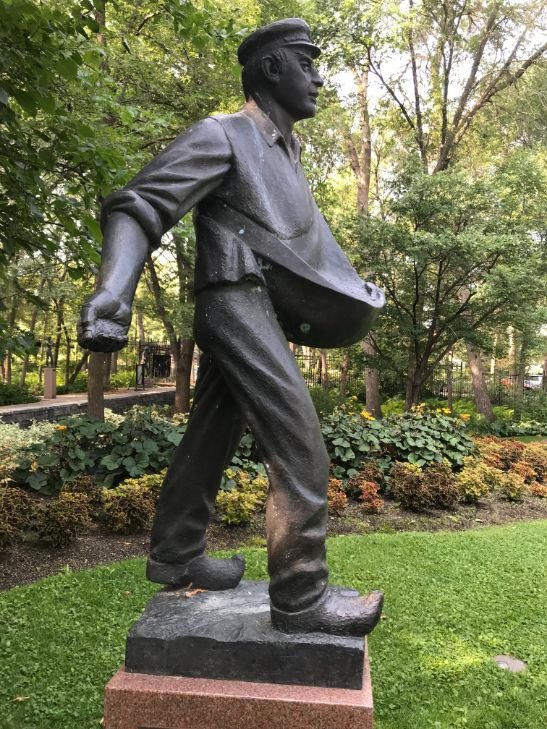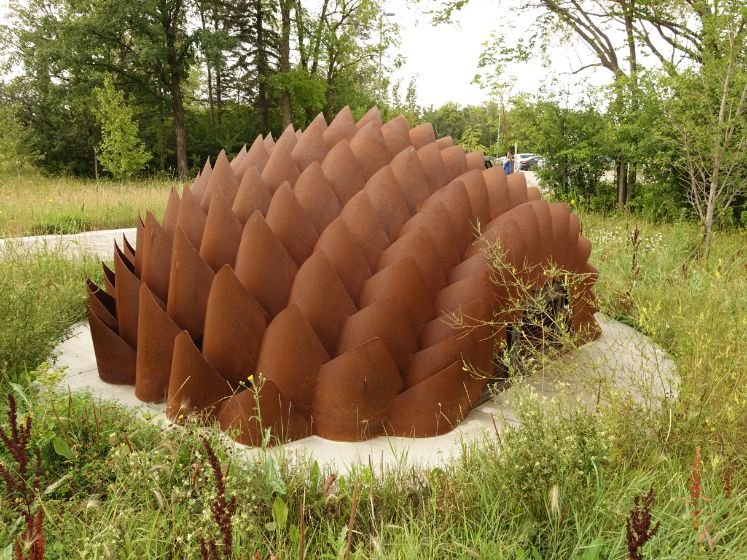Winnipeg’s Assiniboine Park: A North America Urban Gem!
Shame on me. I lived in Winnipeg for 15 months in the late ‘70s and have been visiting the city off and on since then but have never explored Assiniboine Park. I knew it had a Zoo, however it wasn’t until recently when the Zoo created a Polar bear enclosure, the Biodome and Leaf gardens that this huge park captured my interest.
How huge? The park itself is 1,100 acres making it larger than New York City’s Central Park and a bit bigger than Vancouver’s famous Stanley Park. Like Central Park and Stanley Park, it has a diversity of things to see and do for all ages.
Assiniboine Park should be recognized as one of the great urban parks in North America, but it isn’t. It is a missed city building opportunity. Why? Let’s have a look!
Assiniboine Park Design History
The City of Winnipeg bought 115 hectares of land for Assiniboine Park in 1904. Frederick G. Todd, Canada's first registered landscape architect, completed the design for the park. Todd had been assistant to Frederick Law Olmsted, designer (with Calvert Vaux) of New York's Central Park, a figure often thought of as the father of American landscape architecture and a guiding presence to the City Beautiful movement.
Todd worked with Olmsted, in particular, on Montreal’s Mount Royal Park. Like Olmsted, Todd's preoccupation was in the integration of nature into the developing fabric of North America's cities. And like Olmsted, a frequent vehicle for this impulse was to draw on the English style of garden design, with its dual formal elements: a pastoral vision and a picturesque appreciation of natural scenery.
The person responsible for executing Todd’s vision – and another key player in Assiniboine Park’s development – was George Champion, superintendent of Winnipeg’s Parks Board, formerly employed in the Royal Gardens at Kew, in Britain. (Champion later designed Kildonan Park in a similar mode.)
The English Garden and Leo Mol Sculpture Garden merge at the lily pond.
aCtivities & Attractions
The Park was officially opened in 1909 and is named after the Assiniboine people who inhabited the area before the arrival of European settlers. Over the years the park has evolved significantly and today it is home to a diversity of attractions.
The 90-acres Assiniboine Zoo opened in 1908 (it was the first zoo in Canada), and today is home to the Journey to Churchill exhibit, which is an expansive enclosure that includes pools, rugged landscape, shaded dens that replicate as much as possible their nature habitat.
All the bears where orphan cubs for the Churchill, Manitoba area that would not have survived if left in the wild.
The Zoo is home to the Leatherdale International Polar Bear Conservation Centre, an education, research and transition facility that is the first home for the cubs before they are transitioned back to their native habitat.
Tip: For me the highlight of the zoo are the playful seals who are fun to watch as they swim by sometimes upside down, rolling, disappearing and reappearing.
The beautiful 3-acre English Garden established between 1926 and 1927 and is a colourful oasis with the lily pond being its highlight. Next to the English Garden is the Leo Mol Sculpture Garden that not only includes the outdoor sculpture garden, but an intimate indoor gallery and his schoolhouse studio. Collectively there are 300+ sculptures on display ranging from busts of famous Canadians like painter A.Y. Jackson to Terry Fox to memorials to Ukraine refugees.
Tip: The video in the schoolhouse about Mol’s immigrant story is very touching and is worth watching.
The Tudor style Pavilion with its 28 meter tall tower was built in 1930 and designed by local firm of Northwood & Chivers. In 1969, major renovations on the main floor resulted in creating a park souvenir shop and museum. Another renovation in 1998, created a new restaurant and galleries exhibiting the work of famous local artists like Ivan Eyre and Walter J. Phillips. And in 2019, the Winnipeg Art Gallery formed a partnership with the Park to curate exhibitions at The Pavilion gallery.
The Lyric Theatre is a large outdoor stage that opened in 1999 in the tradition of bandshell entertainment in parks across North America.
There is also a large children’s nature and adventure playground next to the Pavilion along with popular cricket pitches, various playing fields, Terry Fox Fitness Trail and 100s of picnic areas.
The newest Assiniboine Park attraction is The Leaf, with its futuristic biome building surrounded by gardens that feature local plants as well as vegetable garden. The biome building has four exhibit areas - tropical, Mediterranean, butterfly garden and rotating floral garden. The building’s architecture looks a bit like a plant leaf unfurling or perhaps a snail or seashell. The highlight of the biome experience is the six story water fall that come crashing down into the tropical garden. Outside is a tranquil garden of perennial plants that invites you to sit and reflect. At the front is a vegetable garden that is used to provide foot to the upscale restaurant inside.
If you wander to the end of the garden from the biome building you can meander back through the outdoor “Citizens Hall of Fame,” a series of busts under a pastoral canopy of trees. It recognizes the many Winnipeggers who have helped build the city in various ways over the past 100+ years.
The gardens are free, but there is a charge to go into the biome building.
Tip: Grab a coffee and an Imperial (Empire) Cookie (a double shortbread cookie, with jam in the middle, white icing and a maraschino cherry on top) at the café inside and then sit and enjoy the tranquility of the garden. We loved the picnic tables with planters in the middle filled with edible plants.
The Park has two lovely restaurants The Park Cafe (near The English Garden on the banks of the duck pond) and Gather Craft Kitchen and Bar (at the Leaf) and the Tundra Grill cafeteria (at the Polar Bear exhibit).
Assiniboine Park has lots of things to see and do, however the three times we visited it was deserted.
The Park has many picnic sites. I particularly like this one with the funky sculptural canopy.
Last Word
Unlike New York’s Central Park and Vancouver’s Stanley Park which have high density neighbourhoods nearby, Assiniboine Park is surrounded by low density neighbourhoods, a huge forest reserve and is cut off from residents on the other side of the Assiniboine River as there is only one pedestrian bridge. Large parks with a diversity of places to play and gather are ideal for high density urban living, where the park becomes a communal backyard - a place for neighbours to meet, or a place for solitude and even an opportunity to enjoy nature.
Winnipeg’s Assiniboine Park (like many urban parks in North America) is an under-utilized urban asset, that could benefit from a major rethink of the residential zoning around it.
Here are some more blogs about the importance of parks and city building:
Eleven Parks That Shaped Calgary’s “Sense of Place”
Canada: The Growing Importance of Urban Parks in the 21st Century
